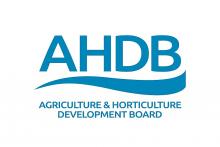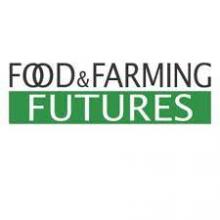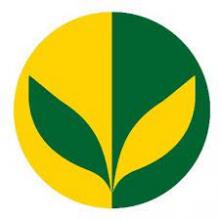| AHDB | National Library for Agrifood | The Farming Forum | |
| BBRO | Agricology | FWi | |
| PGRO | NIAB | FG Insight | |
| Farming Connect | Rothamsted Repository | FarmingUK | |
|
Burleigh Dodds library | Farming Online | |
| Swarmhub | Agri-techE | Agriland | |
| FarmBusiness | |||
| Pin Point |
|
FarmWell | |
| Ask Valerie |
|
Table | |
| Organic Farm Knowledge |
|
Future Farming | |
|
Environmental Evidence | Pig World | |
| The Poultry site | BovINE Knowledge Hub | Farm Carbon Toolkit | |
| EU Farmbook | Konfer | RegenAgri | |
| Wikifarmer | Gateway to Research | LEAF | |
| Voluntary Initiative | ResearchGate | GrowIN | |
| Defra R&D | |||
| Medium | Wikipedia | ||
| Peeriodicals | Zenodo | ||
| Klaxoon | Loomio | ||
| Collaboration tools | |||
| Slack | Miro | ||
| Jamboard |
Suggest more in the Comment box below, or add your website and link to this Topic to show in Connected Content below.










Discussion
Share here what websites you find useful
If you are interested in agricultural innovation, have a look at the knowledge sharing hub TAPipedia: www.tapipedia.org.
Developed in the context of the Tropical Agriculture Platform (TAP), a G20-initiative funded by the EU and facilitated by FAO to support capacity development for agricultural innovation, TAPipedia is a freely accessible platform for knowledge and information sharing on agricultural innovation and related topics. It currently includes more than 4,200 resources in three UN languages: English, French and Spanish